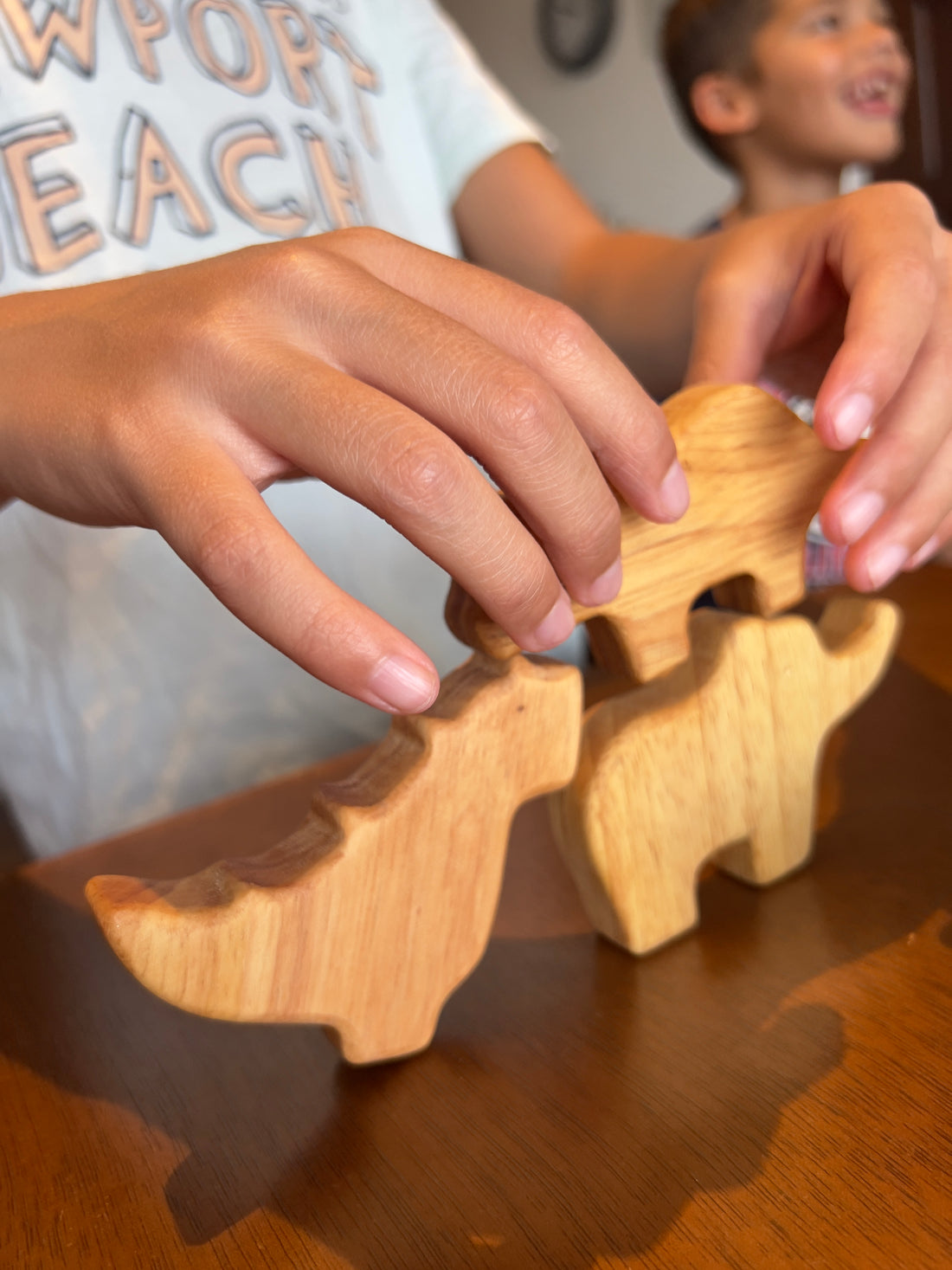Why Non-Toxic Toys?
As parents, we want nothing but the best for our children, including their playthings. Not only do we seek toys that entertain and educate, but we also prioritize their safety. Surprisingly, many toys on the market contain hazardous materials that could pose risks to your child's health. In light of this, choosing non-toxic toys has never been more crucial. In this comprehensive guide, we will explore why non-toxic toys are essential and how you can make informed choices for your little ones.
The Risk Factor: Why You Should Be Concerned
Firstly, let's delve into why toxic toys are a significant concern. Not only can harmful substances leach out of toys during play, but younger children also have a tendency to put items in their mouths. Consequently, exposure to toxic elements could lead to both immediate and long-term health problems. Additionally, certain chemicals may interfere with a child's hormonal and neurological development.
The Usual Suspects: Common Toxins in Toys
Understanding the toxic elements often found in toys is the first step in making safer choices. Some of the most common culprits include lead, phthalates, and bisphenol A (BPA). Additionally, toxic paints and glues can also pose threats. Furthermore, cheap plastics often contain hazardous additives that can be especially harmful when ingested or even touched over extended periods.
Label Literacy: What to Look For
In the maze of toy shopping, reading labels is imperative. Certifications like "EN71" for European safety standards and "ASTM" for American standards are good indicators of a toy's safety. Additionally, look for designations like "BPA-free," "Phthalate-free," or "Made from Organic Materials." Moreover, do your research; many companies provide safety information on their websites and through customer service channels.
Material Matters: Safer Options to Consider
When it comes to safe materials, not all are created equal. Firstly, untreated or minimally treated wood is an excellent option for toys, particularly those meant for teething. Secondly, organic cotton and other natural fibers offer safe alternatives for stuffed animals and dolls. Moreover, food-grade silicone and stainless steel are also suitable materials, often found in bath toys and kitchen playsets, respectively.
Brands to Trust: Leading the Way in Non-Toxic Toys
Many companies are dedicated to producing non-toxic toys. Brands like PlanToys, HABA, and Green Toys have strong reputations for safety and quality. Additionally, these companies often utilize sustainable practices, making them an excellent choice for eco-conscious parents. Furthermore, they frequently undergo third-party testing to ensure their products meet or exceed safety standards.
The Second-Hand Dilemma: Pre-Owned Doesn't Mean Safe
Opting for second-hand toys may seem like a cost-effective and eco-friendly choice. However, proceed with caution. Older toys may not meet current safety standards, posing potential risks. Furthermore, wear and tear could lead to the breakdown of materials, causing the release of harmful substances. Always check the manufacturing date and do your due diligence in researching the toy's safety records.
Cleaning and Maintenance: Keeping Non-Toxic Toys Safe
Once you've invested in high-quality, non-toxic toys, maintaining them is crucial. Firstly, follow all cleaning instructions provided by the manufacturer. Secondly, avoid using harsh chemical cleaners, as these can negate the benefits of a non-toxic toy. Additionally, periodic checks for wear and tear will help you determine when it's time to replace a toy.
Digital Resources: Empowering Your Choices
In today's digital age, numerous resources can help you make educated decisions. Apps like HealthyStuff.org’s toy-testing database provide valuable insights into toy safety. Moreover, parenting forums and blogs often share reviews and recommendations, further assisting you in your quest for non-toxic playthings.
Making Informed Choices for a Safer Future
In summary, non-toxic toys are not merely a trend; they are an investment in your child's health and well-being. By understanding the risks and knowing what to look for, you can make more informed choices. Furthermore, opting for reputable brands and maintaining toys appropriately can significantly reduce risks.
The journey toward ensuring a safer play environment for your children may seem daunting initially. However, armed with the right information, you can make choices that will provide both fun and peace of mind. So, the next time you find yourself in the toy aisle, feeling overwhelmed by the plethora of options, remember that non-toxic is the way to go. Your child's health is worth every extra minute spent reading labels and researching brands. After all, their well-being is the ultimate gift you can give.
Shop for handcrafted wooden toys at SmolBlock with a wide range of toys to choose from!
